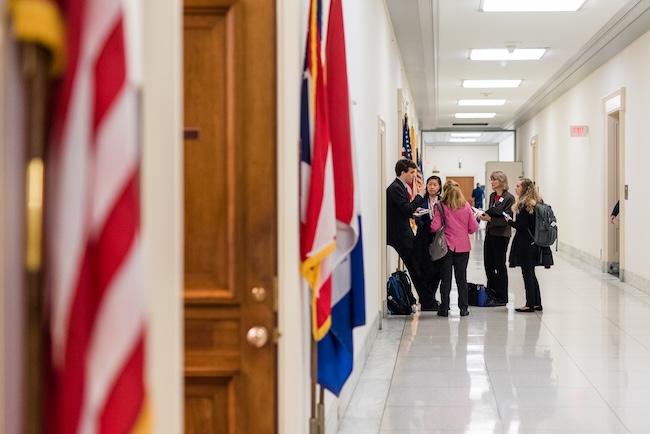- July 9, 2025
How can we stop climate change?
July 9, 2025Read moreIt’s not your imagination. It’s getting hotter, and it’s happening because of climate change caused by burning fossil fuels.
- July 3, 2025
Senate passes bill cutting clean energy tax credits, but several Republican senators help avoid the worst outcomes
July 3, 2025Read moreThe Senate-passed bill is estimated to be about 25% less-bad for the climate and household energy bills than the House-passed version.
- June 22, 2025
Holding the line on climate: CCL’s next steps
June 22, 2025Read moreWe’re watching for opportunities to pursue our mission in even more effective ways as the political landscape evolves around us.
- June 22, 2025
Holding the line on climate: Forest Service
June 22, 2025Read moreCCL’s Government Affairs team has been raising the concern of Forest Service staffing cuts and funding in conversations on the Hill.
- June 22, 2025
Holding the line on climate: DOE
June 22, 2025Read moreCCL supported a bipartisan Climate Solutions Caucus letter to request more climate and clean energy funding for the Department of Energy.
Spanish
English






